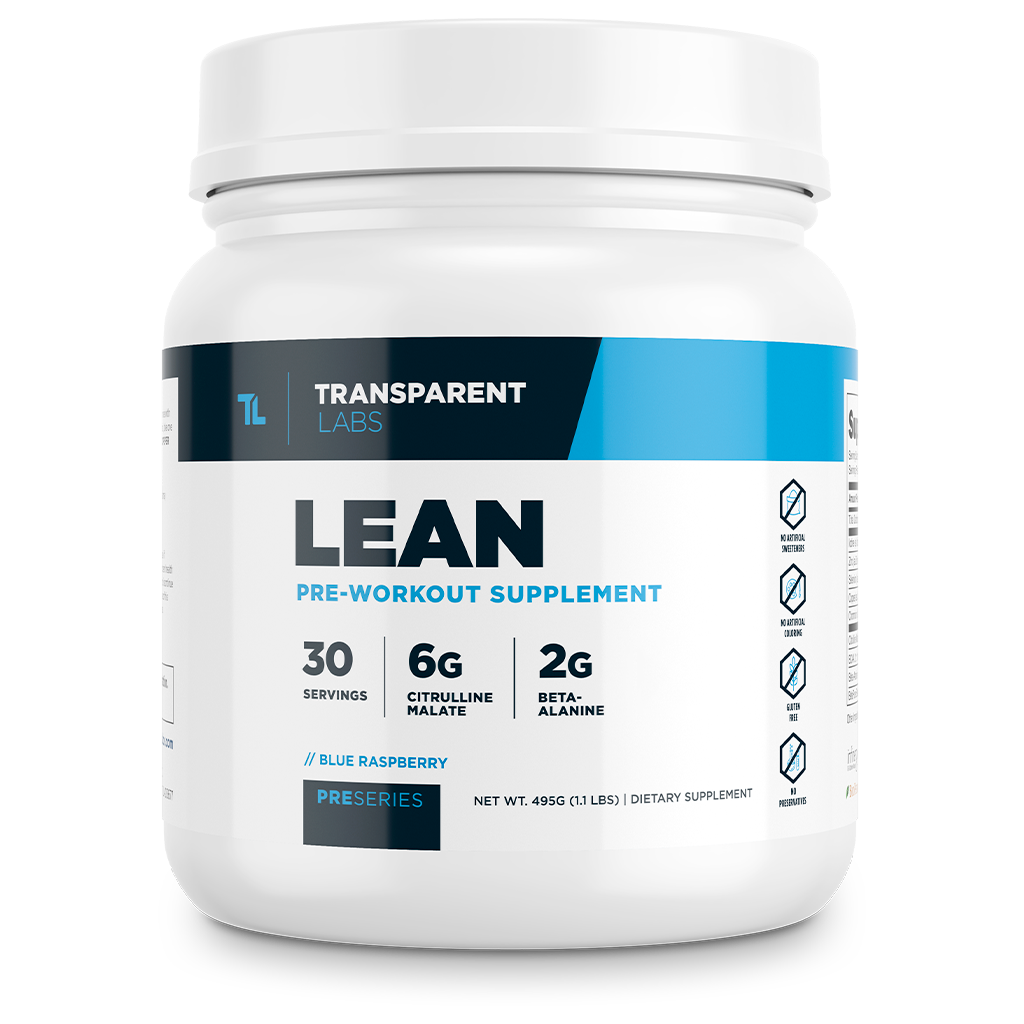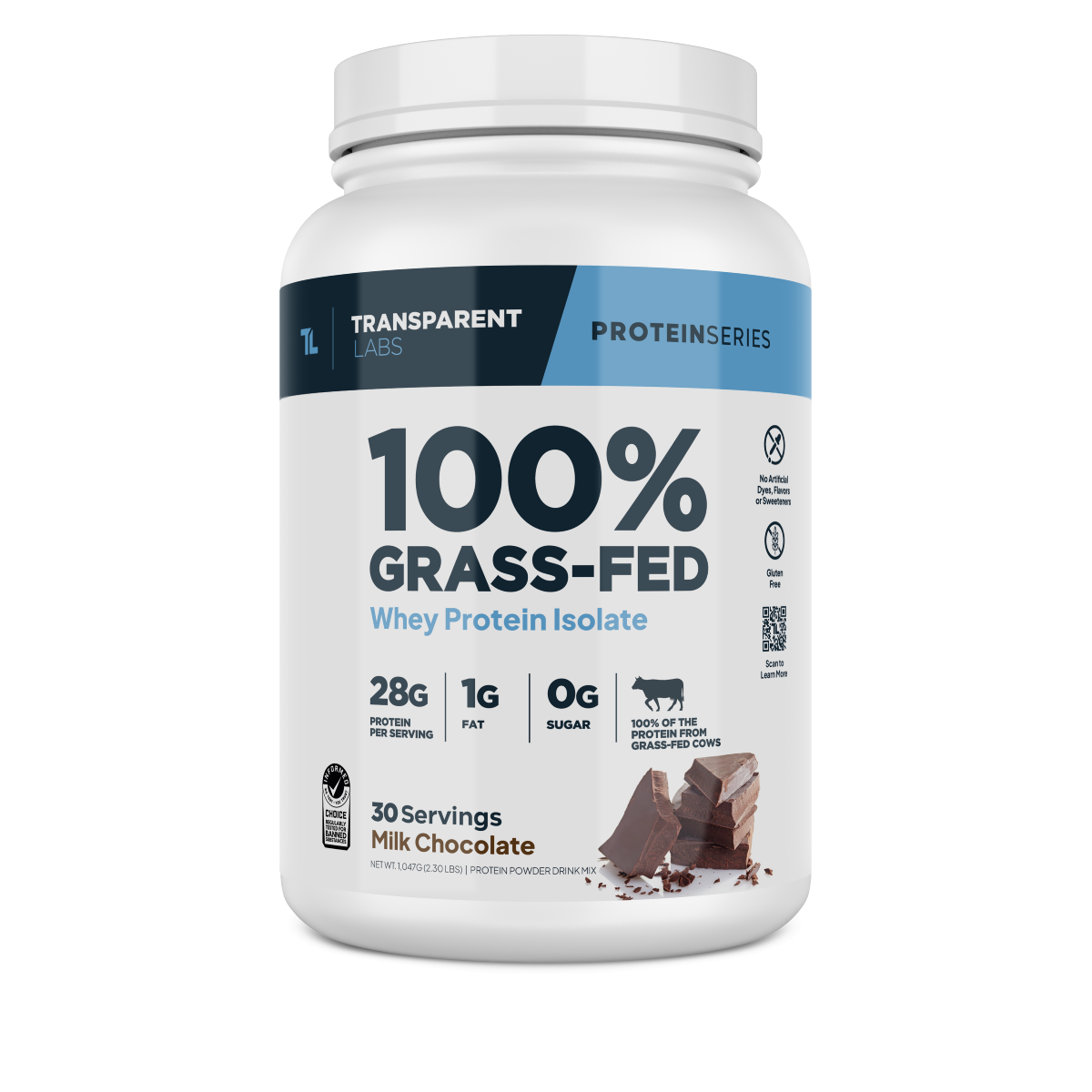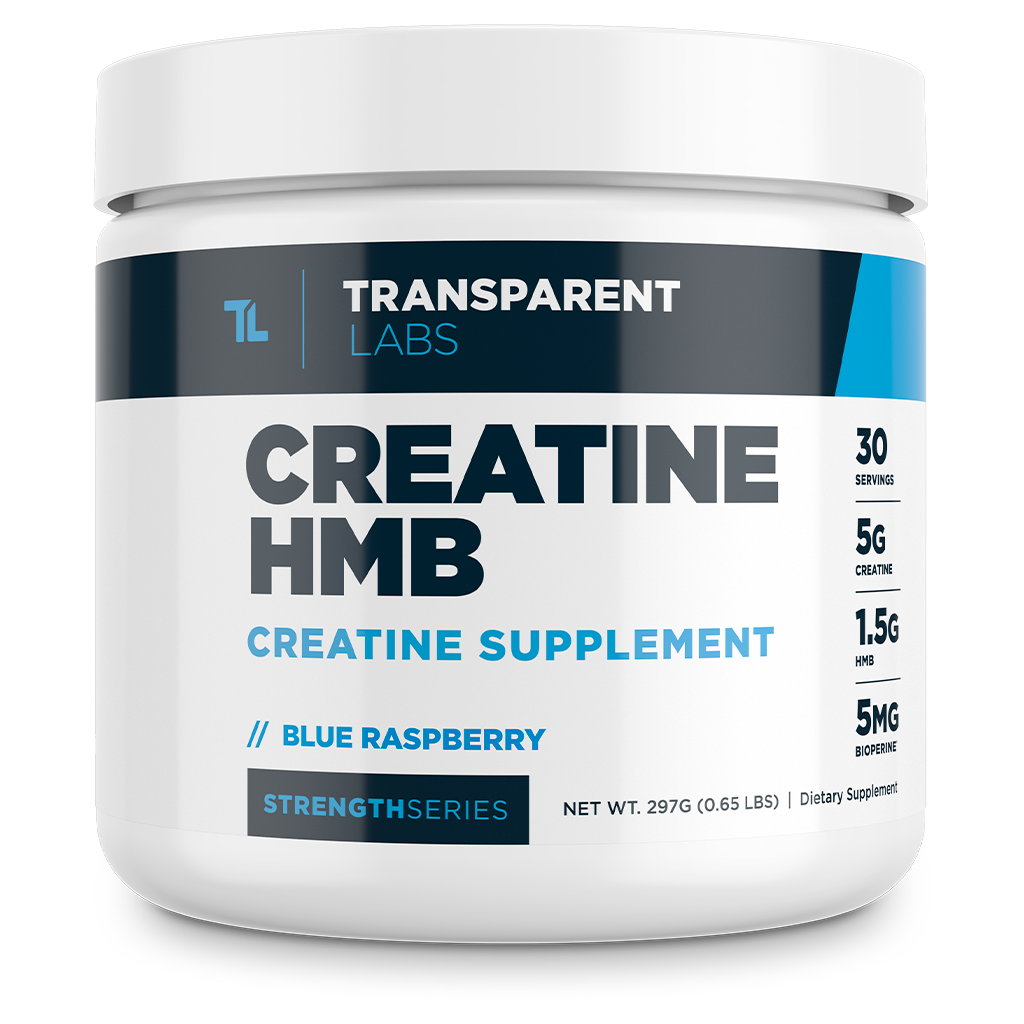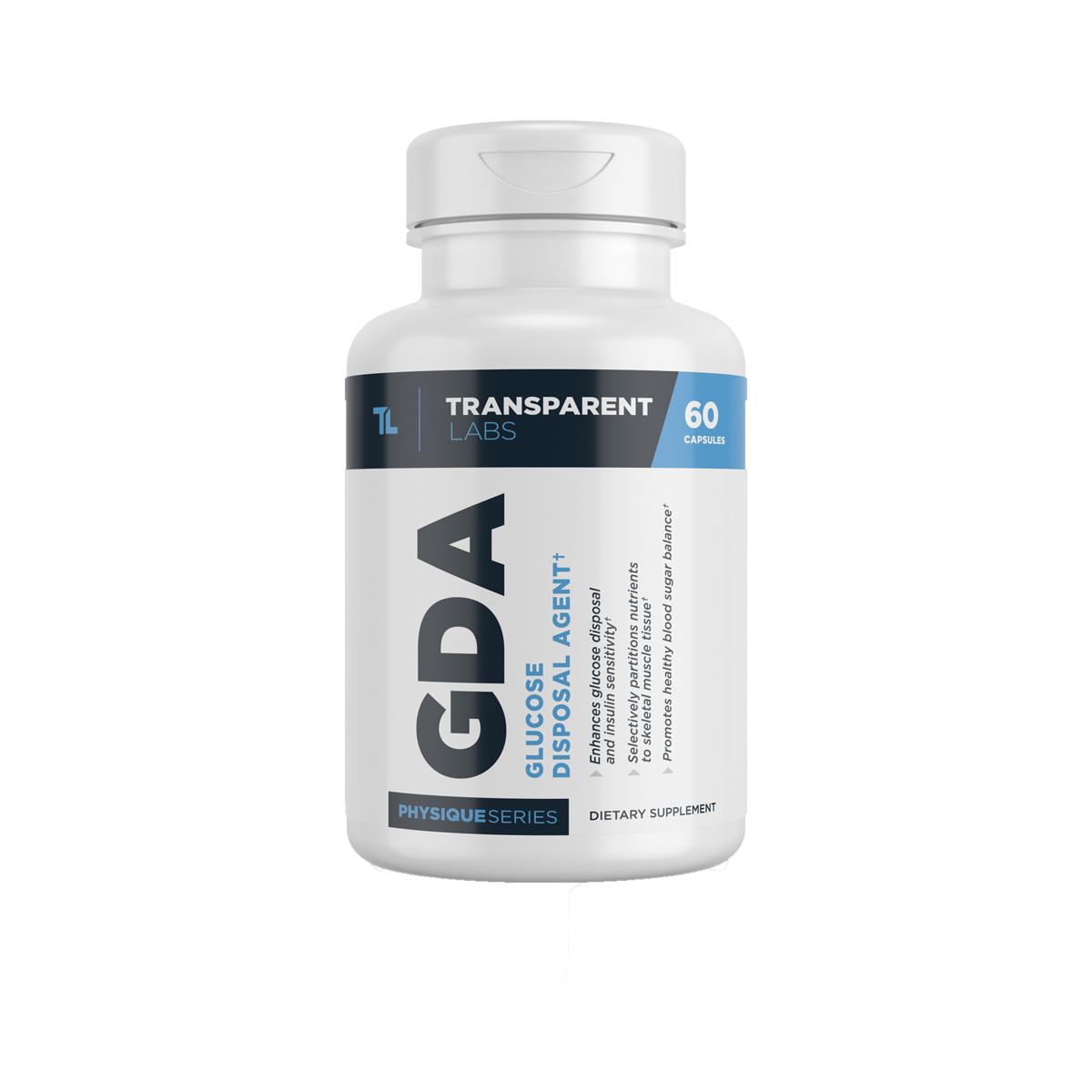Should You Wear a Weightlifting Belt while Training?

Should You Be Weightlifting with a Belt?
Weightlifting belts have been a long-standing debate across all types of athletes in the gym.
One side of the argument claims that belts are an essential piece of equipment to perform heavy lifts without injury; the other side claim that these weightlifting belts are simply a band-aid for any muscle weaknesses or mobility issues.
So the question is, should you be weightlifting with a belt?
There are a ton of advantages that lifting belts can offer, so long as you are using them for their intended purpose. Throughout this article, we will explore the purpose of a weightlifting belt, its many benefits, and how to find the right style to help you reach your fitness goals.
Follow along to find out more.
What is a Weightlifting Belt?
Before we define what a weightlifting belt is, it’s important to address what it is not. For starters, lifting belts are not something you can strap on to give you the superpower to lift more weight overnight.
In reality, a weightlifting belt is used as a proprioceptive cue to help keep you in check while performing a heavy lift. By strapping a weightlifting belt around our core, it can act as a reminder to keep our spine in a neutral position while maintaining the correct abdominal pressure for the utmost stability during a lift.
A weightlifting belt encourages conscious awareness about our body by providing immediate feedback to tighten our core for extra security. This is especially necessary when we perform any type of strength training or powerlifting exercises where there’s a heavy load on our spines, such as squats, deadlifts, and various Olympic lifts. As a result, weightlifters have claimed to experience increased support and elevated lifting capacity [1].
The Benefits of Weightlifting Belts
While lifting heavy weights, managing spinal alignment is essential to performing exercises correctly and without risking injury. That’s where a weightlifting belt comes in.
When used correctly, a weightlifting belt can benefit you in two ways:
-
They minimize stress on the lower back during a heavy lift
A weight belt helps to minimize low back stress by compressing the abdominal cavity causing increased intra-abdominal pressure. Similar to performing a Valsalva maneuver where you forcefully exhale against a closed glottis, the build-up in thoracic pressure gives us extra support in our mid to lower back [2].
As a result, our spinal erector muscles in our lower back can relax a bit more during a heavy lift to avoid over-exertion and possible injury. Combined with an elevated intra-abdominal pressure, research suggests a lifting belt is helpful in reducing disc compressive force and improving lifting safety [3].
-
They ensure ideal biomechanical movement during lifts
Another benefit of a weightlifting belt is having the reassurance that our body is in the correct position during a heavy lift. Having the physical sensation of the weight belt against our skin can prompt us to activate our core muscles for better abdominal support.
Created to stabilize the core and lower back, lifting belts form a thick, rigid wall around the lower torso to connect the rib cage to the hip and prevent any sort of side bending, twisting, or hyperextension of the spine [4].
How to Find the Right Lifting Belt
There are a ton of weightlifting belts to choose from. Finding the right option for you depends on what your fitness goals are, how much weight you want to lift, and a personal preference for style and comfort.
Types of Weightlifting belts
Since there is no “one-size-fits-all” weightlifting belt, there’s a good reason for considering all your options before selecting your perfect belt. Here are some of the best weightlifting belts, along with a description on how they work and what they are used for.
Bodybuilding Belt
The bodybuilding belt is an extremely durable option for heavy lifting athletes. Made of leather with reinforced stitching, these belts are long-lasting and can provide support and low back stability during a lift.
This style is often wider on the back than it is on the front and uses a double prong buckle that is fully adjustable and secure. Compared to most other belts, the leather belt option is less flexible meaning that it's capable of providing greater intra-abdominal pressure to optimize lifting conditions.
Powerlifting Belt/Lever lifting Belt
Powerlifting belts, also known as lever belts are another excellent option for weightlifters.
Although both the lever and bodybuilding belts are made of similar leather material, the lever belt is generally thicker (roughly four inches wide) and has the same width all the way around the torso for maximum support. Many lever belts are also made with a buckle belt to fasten on the front, double stitching, and a suede lining for added comfort.
Based on the durability and strength, the lever lifting belt may be a beneficial option for advanced Olympic weightlifting.
Nylon Belt
Nylon belts are another option preferred for beginner lifters. Made of synthetic material, the nylon belt is lighter than leather belts and capable of providing extra support for moderate weight lifting.
Nylon belts are one of the most versatile options that benefit most people – from CrossFit athletes to everyday gym-goers. This style is especially beneficial for Olympic lifting since it tends to be less rigid and bulky making exercises like the snatch, clean and jerk, and overhead lifts easier to perform.
Made with a velcro strap to fasten along the front, nylon belts (sometimes referred to as velcro belts) can provide a snug fit without as much back support as thick leather belts. Keep in mind that this material is not as reliable and may be especially dangerous to use during maximum loaded lifts as the velcro can pop open at any point. Fortunately, there are nylon belts with a self-locking buckle to help with this.
--> Check out our 1-rep max calculator
Dipping Belt
A dip belt is a unique option for weightlifters that are looking to add variety to their strength training routine. Just like a normal belt, a dip belt wraps around your lower torso. However, the difference is that the dip belt has a chain or strap on the front to allow you to attach to a weight to it.
Unlike traditional back belts, the dip belt does not provide any sort of biomechanical support. Instead, the main purpose of a dip belt is to give you the option to add more weight to your body while performing any style of bodyweight exercise. For example, you can fasten the strap or chain to a single plate to create tension during pull-ups, chin-ups, and tricep dips.
How to Properly Wear a Weightlifting Belt
After much consideration of the style, design, and purpose of a weightlifting belt, it’s time to discuss its use in the gym.
Let’s start with sizing.
To choose the correct size, measure your waist near the belly button. Make sure to measure this area in a relaxed state without sucking in or extending outward. Use this measurement and compare it to the size guide for your desired lifting belt.
Next, it’s time to try it on.
Begin by placing the belt around your waist over the belly button. Ideally, weightlifting belts should sit just above the hip bone to have full contact with your ribcage, abdomen, and back. Inhale slightly and tighten the belt leaving enough room for your stomach to expand. While your belt will fit snugly around your waist, you should still being able to fit your index finger down the back of the belt. If you’ve selected a leather belt, you may feel bulky in the beginning – this is normal.
Now we can start lifting!
Once your weightlifting belt is secured to your core, you’re ready to start lifting. Begin by breathing deeply into your lower belly to expand the belt. Use the tension as a cue to brace your core muscles by flexing your abs and lower back.
Keep in mind that even the best weightlifting belts can not “cure” bad form. No matter if you have a durable belt, double stitched with a secure buck, it’s important to ensure you are both comfortable and confident lifting heavy weights with and without a weightlifting belts.




